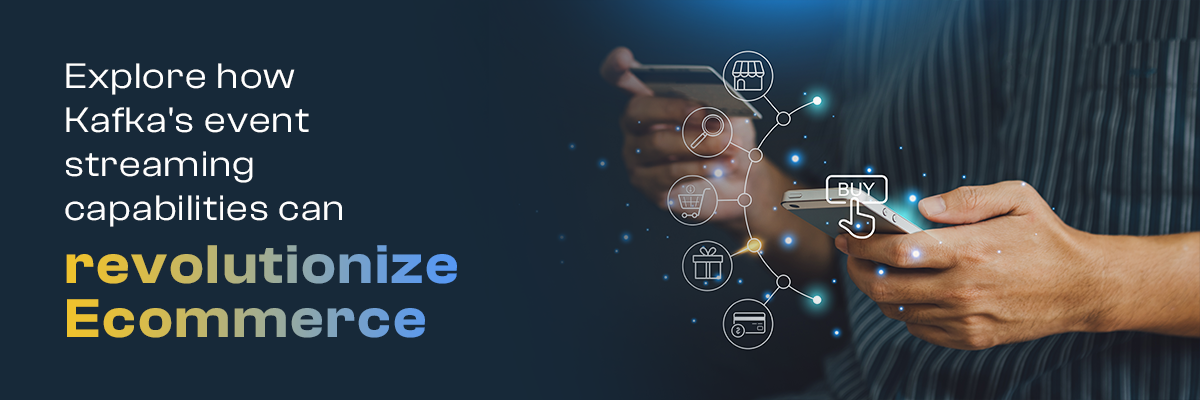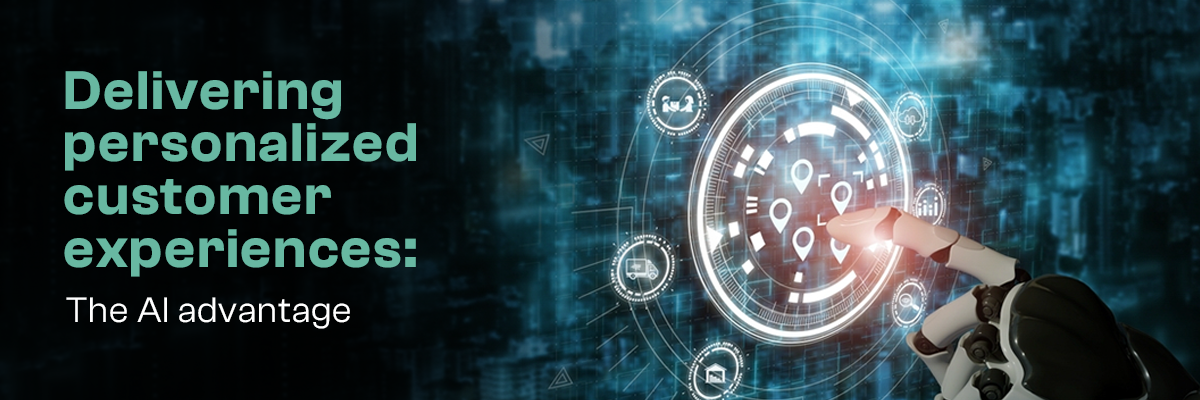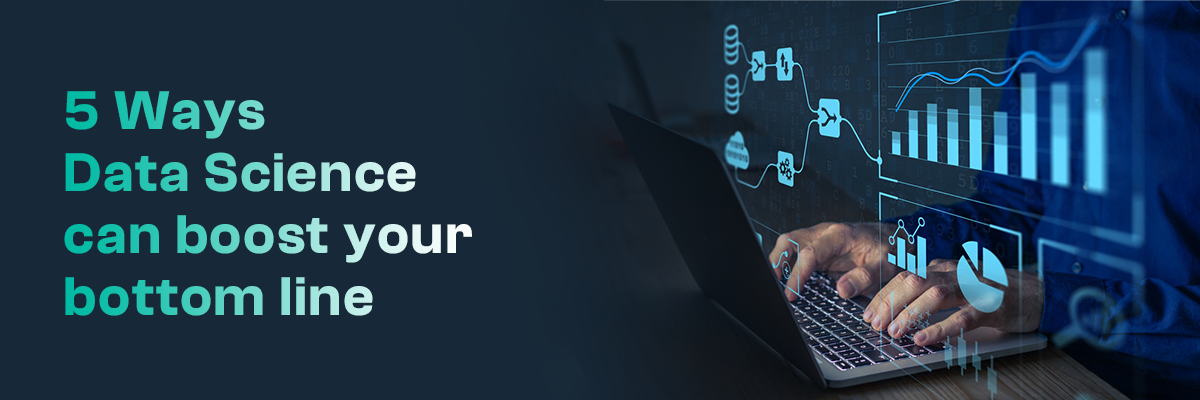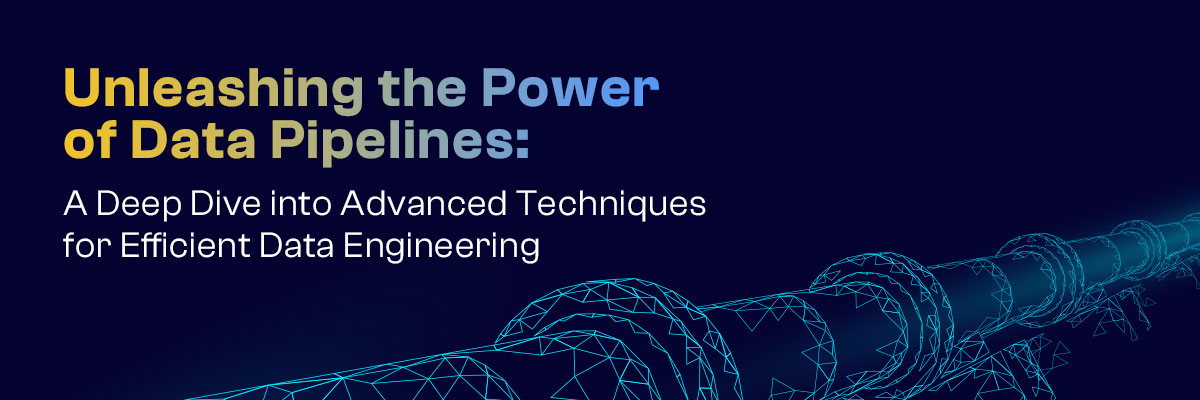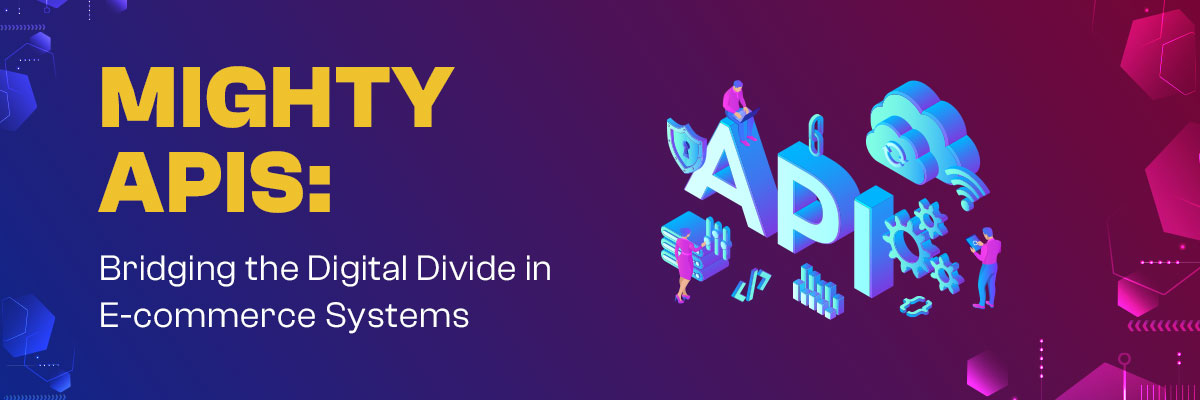Did you know a staggering 73% of online shoppers expect real-time services like same-day delivery?
This demand presents a significant challenge for e-commerce platforms, struggling with outdated architectures that cannot scale, delays in data synchronization, and the inability to provide instant information to customers and teams.
Apache Kafka emerges as a transformative event streaming platform, offering e-commerce businesses the tools to overcome prevalent challenges. It enhances operational efficiency and customer service by enabling real-time data processing and management.
This shift towards Kafka-driven architectures signifies a move away from traditional, monolithic systems, allowing for scalable, efficient, and timely responses to consumer demands and operational needs.
What is Kafka and How Does it Work?
At its core, Apache Kafka is a distributed streaming platform designed to handle massive volumes of data in real-time. Here’s a breakdown of its fundamental components:
- Producers: These are the applications that send data streams, or ‘events’, to Kafka, akin to feeding information into a central hub.
- Topics: Think of these as dedicated channels within Kafka where data streams are categorized and stored, making it easier for the right recipient to receive the intended information.
- Consumers: These applications are on the receiving end, subscribing to topics of interest and processing the data sent by producers.
Kafka’s true strength lies in its scalability, real-time processing, and reliability. It can scale horizontally by adding more nodes, allowing businesses to handle increasing data loads without a hitch.
This architecture ensures that data is processed almost instantly, enabling actions and decisions to be made in real-time. Moreover, Kafka’s design includes data replication, which ensures that information is not lost, even if a system fails.
How Kafka can revolutionize Ecommerce?
Kafka’s event streaming capabilities are reshaping the e-commerce landscape by enabling real-time data processing and insights. This transformation allows businesses to operate more efficiently and provide enhanced customer experiences.
Real-time Inventory Management
Kafka transforms inventory management into a highly responsive and accurate system. Here’s how:
- Capturing every inventory change as an event. Orders, returns, and supplier updates are instantly recorded, ensuring accurate stock levels.
- Ensuring all systems receive instant updates on inventory through Kafka streams, keeping every part of your operation in sync.
- Minimizing “out-of-stock” situations, significantly enhancing customer satisfaction by reliably meeting demand.
This real-time inventory management capability allows businesses to react swiftly to changes in stock levels, reducing the risk of stockouts and lost sales.
Personalized Customer Experiences
Kafka’s real-time data streaming is a powerful tool for creating personalized shopping experiences. Here’s a closer look:
- Streaming customer behavior data in real-time, including clicks, searches, and purchases, to understand preferences and behaviors at an individual level.
- Allowing instant reaction from recommendation engines and marketing platforms, enabling them to offer personalized product suggestions and tailored marketing messages.
- Providing personalized product recommendations and targeted marketing campaigns based on real-time data analysis, enhancing the shopping experience and customer engagement.
By leveraging Kafka, e-commerce businesses can significantly improve the relevance and effectiveness of their customer interactions, leading to increased loyalty and sales.
Improved Order Processing and Fulfillment
Efficient order processing and quick fulfillment are the backbones of a thriving e-commerce business. Kafka plays a pivotal role here by:
- Transforming order data into events and seamlessly integrating these events into order management systems. This means as soon as an order is placed, the system is triggered to act, ensuring no time is lost.
- Enabling real-time tracking of both order status and inventory allocation. This ensures that everyone, from warehouse staff to customer service agents, has up-to-date information, leading to improved customer communication and satisfaction.
- Accelerating order fulfillment by streamlining the flow of information, thus reducing the time from order placement to dispatch. This efficiency not only improves delivery times but also enhances the overall customer experience.
This approach to order processing and fulfillment exemplifies how Kafka’s real-time data handling capabilities can drive significant improvements in e-commerce operations, making businesses more responsive and agile.
Enhanced Fraud Detection and Prevention
In an era where e-commerce fraud is increasingly sophisticated, Kafka offers powerful tools to enhance security measures by:
- Streaming transaction data in real-time for immediate analysis. This allows for the detection of anomalies as transactions occur, significantly reducing the window for fraudulent activities to go unnoticed.
- Enabling fraud detection algorithms to operate with the latest data, identifying suspicious activities as they happen. This real-time processing capability is crucial for adapting to new fraud tactics quickly.
- Preventing fraudulent transactions and safeguarding customer information by acting on threats instantly. By the time a threat is detected, systems can automatically implement countermeasures to prevent loss and protect customer data.
Kafka’s ability to process and analyze data in real-time is a game-changer for fraud prevention in e-commerce, offering businesses the tools they need to protect themselves and their customers from evolving threats.
Implementing Kafka in Your E-commerce Platform
Integrating Kafka into your e-commerce platform can significantly enhance its efficiency and responsiveness. Here’s how to get started:
- Identify key use cases: Begin by pinpointing areas within your business where real-time data processing could make a difference. This could range from inventory management to customer service interactions.
- Design your event stream architecture: Next, map out how data will flow within your system. Define the topics (or categories) for your data streams and the format this data will take. This step is crucial for organizing your data effectively.
- Integrate Kafka with existing systems: Connect Kafka to your current databases, applications, and microservices. This integration is vital for ensuring that your data streams are feeding into and out of the right places.
- Monitor and optimize performance: Finally, keep a close eye on how Kafka is running. Use monitoring tools to track performance and make adjustments as necessary to keep everything running smoothly.
By following these steps, you can leverage Kafka’s powerful streaming capabilities to bring real-time data processing to your e-commerce operations.
Conclusion
Kafka’s event streaming capabilities hold the power to transform e-commerce businesses. By enabling real-time data processing, Kafka helps businesses become more agile, efficient, and customer-focused.
If you’re looking to revolutionize your e-commerce operations and gain a competitive edge, exploring Kafka’s potential is a great place to start.
Jet2 Travel Technologies invites you to delve into how Kafka can innovate your e-commerce platform, setting you on the path to success in the digital age.


